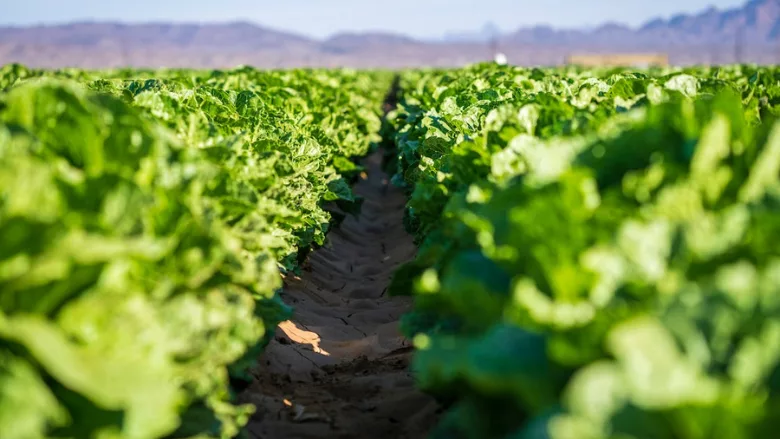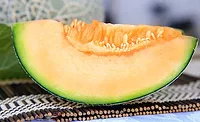Salinas Valley Flooding and the Testing Trap

Credit: Mark Stebnicki via Pexels
California witnessed a series of intense storms, driven by atmospheric rivers, from late December 2022 to the middle of January 2023. Although not a Biblical "40 days and 40 nights" event, considerable flooding occurred. This flooding included many ranches in the Salinas Valley, which grow leafy greens and other crops. Flooding is a known risk factor. Floodwaters have the potential to contain various pathogens, particularly pathogenic Escherichia coli and Salmonella. Crops where the edible portion may have contacted floodwaters are considered adulterated, and should not be harvested. Happily, I am not aware of any pressure to test and release this product, but this is not where my concern lies.
Bringing land back into production is an area of great concern. Some floodwater can be expected to have deposited pathogens into the fields. The idea that all floodwater presents the same risk is not supported by reality. During this 2022–2023 flooding event, river levees overflowed. Water treatment systems were flooded. Creeks that drain grazing lands overflowed. Some flooding occurred due to pooling of water from grazing land. The sources and contact points must be considered. This is the language of risk assessment. Data and analysis are needed.
Pathogen contamination of flooded fields has the potential to directly cross-contaminate future product grown in those fields, as well as cross-contaminate nearby fields. The first step in preventing the contamination of product not grown in flooded fields is to ensure that hazards are contained to the flooded fields. Once containment is in place, then work can be done to mitigate the hazards in the flooded areas.
In response to this need, there will be demands to collect numerous samples for pathogen testing to show that fields are ready to go back into production. This demand for sampling without other efforts is, in a sense, a hold-and-release process. Hold-and-release processes are known to be expensive and generally ineffective at mitigating hazards. Testing will never be adequate to prove safety, and testing cannot prove a negative. At best, if there is a very sensitive testing program and the background pathogen level for a field is known (or a tolerance is known), a field can be shown to meet one of these standards. The cost for such a testing program would be prohibitive because it would require hundreds of samples, given the very low levels of pathogens involved. The industry needs to avoid the all-too-common emotional response of, "it passed the test; therefore, it is safe."
Despite the limitations of testing, plans will be proposed to take five scoop samples or core samples per acre and composite them for pathogen testing. Others will say that if five samples are sufficient, then ten might be better. These plans will be recursive and call for retesting after some period if any pathogens are detected, until a negative result is achieved. The escalation from five to ten could be extended by shifting to an aggregated sampling procedure to increase the effective sample size. Drag swabs and booties are two aggregated sampling techniques that have proven useful for soil sampling. Nevertheless, any testing program will fail if the goal is to show that no pathogens are present because these programs will lack sufficient sensitivity, and zero is a very small number. These plans will provide an emotional satisfaction, but may not ensure consumer safety.
The interested reader might benefit from reviewing the 2006 E. coli O157:H7 outbreak associated with iceberg lettuce used in fast food restaurants. In this outbreak, it was determined that effluent dairy water was tied to an irrigation system via a poor valve design. The problems with the irrigation system were not identified by testing, but by a deeper dive into the system. It could be suggested that the link was established through root-cause analysis. At present, the California floodwaters are only a potential hazard. I would suggest, however, that similar diligence is needed to ensure that we do not confirm the hazard with illness.
If it is accepted that pathogen testing alone cannot show that a field is ready to go back into production, then other tools or approaches are needed. Time and solarization are expected to drive remediation of the enteric pathogens of interest. Expert opinion asserts that 60 days is enough time, but I suggest that it would be prudent to validate this opinion by comparing indicator levels or metagenomic profiles between previously flooded and unflooded fields. This same metric can be useful if the remediation process is accelerated by tilling or other means. Additionally, not all flooded ground will have the same risk or level of contamination because of the variability in the floodwaters. The presence of a cover crop during flooding may have muted the contamination. Science can guide when, where, and what to test to understand the pace of remediation and the potential bring flooded land back into production with confidence, whether it is at 30 days or at 60 days.
It will be interesting to watch how the various players react to the challenges caused by this and other flooding events in agricultural areas. It will take months to sort out the impacts to the Salinas Valley. Hopefully, it will be many years before this challenge reappears.









